Search Results for 'History Ireland'
9 results found.
James Hack Tuke and his plan to assist emigration from west of Ireland
The agricultural crisis of 1879, and growing civic unrest, prompted the Society of Friends in England to send James Hack Tuke to the west to inquire into conditions and to distribute relief. Tuke, the son of a well-to-do tea and coffee merchant family in York, England, published his observations in Irish Distress and its Remedies: A visit to Donegal and Connaught in the spring of 1880. In clear-cut language he highlighted the widespread distress and destitution at a time when the British government questioned the extent of the crisis.
Women’s history lecture tonight
The lives of Irish women a century ago will be the subject of a discussion featuring leading historians at the Galway Mechanics Institute, Middle St, on this evening at 8pm.
Galway 1910 - 1923, the changing years
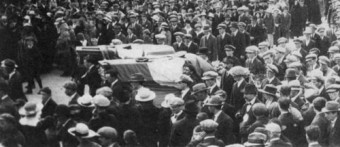
Early in 1916, Pádraic Pearse visited Athenry to discuss plans for the Rising. He wanted the Volunteers to hold the county at the River Suck at Ballinasloe, to capture Galway city, and then, if possible, to march on Dublin. There were several variations of this strategy, but whichever plan was finally agreed, its success depended on the Volunteers receiving modern weaponry. Up to then the men had been rehearsing with shotguns, and sticks. Pearse assured them that small arms, including assault rifles and machine guns, were on their way. They would arrive in Gort, and be distributed from there.
Galway’s ‘splendid human spirit’
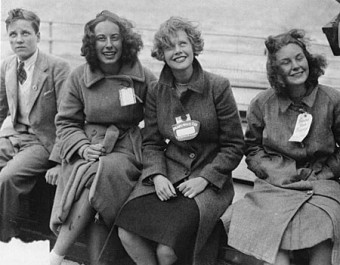
The people of Galway were shocked and excited by the arrival of 430 survivors who were brought ashore from the Athenia which was sunk by torpedo off the Donegal coast only hours after war was declared on September 3 1939. The town was galvanised into action. An impressive and practical plan was put into place to receive the survivors, to ensure they were comfortably accommodated, and to care for the wounded. There were 10 stretcher cases, numerous minor injuries, and distressed children. The passengers, who included Americans and Canadians, and refugees fleeing a deteriorating political situation in Europe, were bound for Montreal.
The day war came to Galway
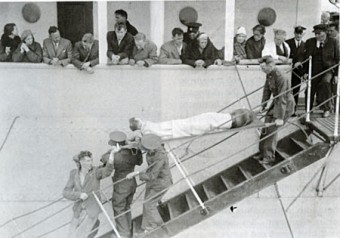
On Monday morning September 4 1939, the Galway harbour master Capt T Tierney was listening to a radio message from the Norwegian freighter Knute Nelson to say that it was steaming to Galway with 430 survivors from the Athenia, which was sunk by torpedo 250 miles north-west of Inishtrahull Island, off the Donegal coast. There were injuries among the survivors. Many were distressed and suffering from hypothermia. It requested urgent assistance.
Fear and loathing in the towns and villages as rebels divided on continuing the struggle
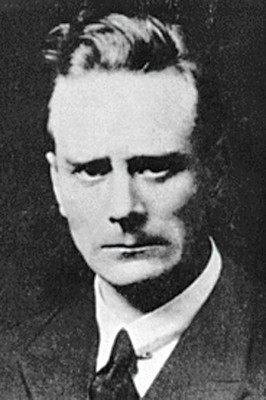
Following the news of the Rising in Dublin on Easter Monday April 25 1916, Galway was in the grip of rumour and anxiety. The Galway ‘rising’, consisting of about 600 men led by Liam Mellows, but poorly armed, was creating mayhem in the county. Police ( RIC) stations were being attacked, telegraph poles were cut down, and trains were not running. Galway was virtually cut off from news of developments elsewhere. Then panic ensued when on Tuesday a British warship, HMS Gloucester, steamed into the bay and indiscriminately opened fire into the coastline, and further inland. Refugees began to arrive in the town.
Galway - the most shoneen town in Ireland!
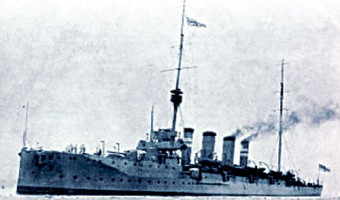
On Tuesday April 26 1916, 95 years ago this week, many people in Galway town were gripped by rumour and hysteria. Rebellion in Dublin had been the sole source of conversation the evening before, but now telegraph lines were cut down, no trains were running, and news that rebellion had broken out in Oranmore, Clarinbridge and Athenry, brought events closer to home. All roads out of the town were considered too dangerous to travel. All shops and factories closed. People stood in small groups discussing the situation. There were fears that the rebels were approaching the town.*
1970s Galway, condoms, and the Advertiser
The Galway Advertiser was one of the sources quoted and consulted in an article featured in the latest edition of History Ireland magazine.
Leading Irish archaeologist to speak in Gort
Leading Irish archaeologist Michael Gibbons will give an illustrated talk on his work in the Gort Library on Saturday March 28 at 3pm.

